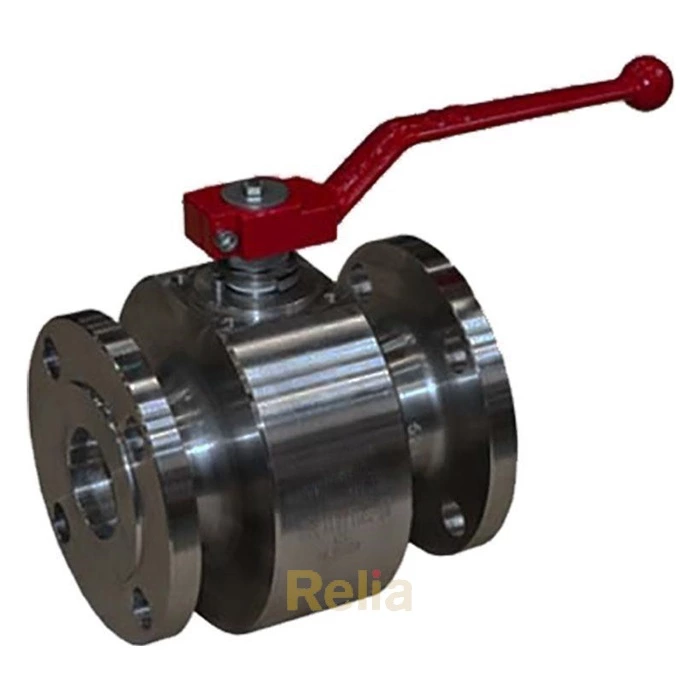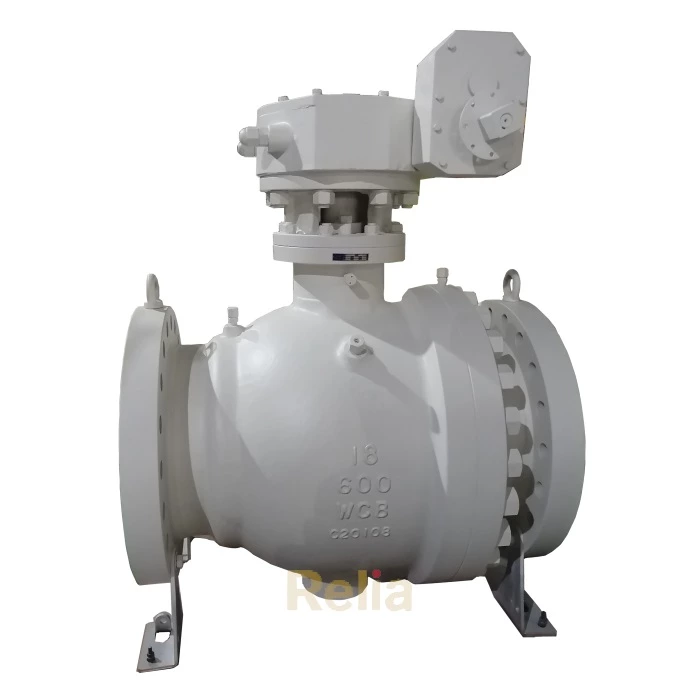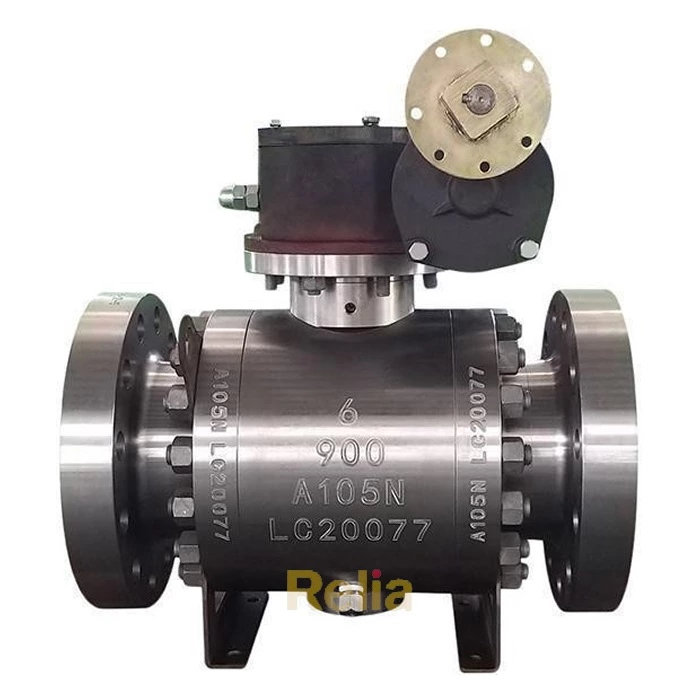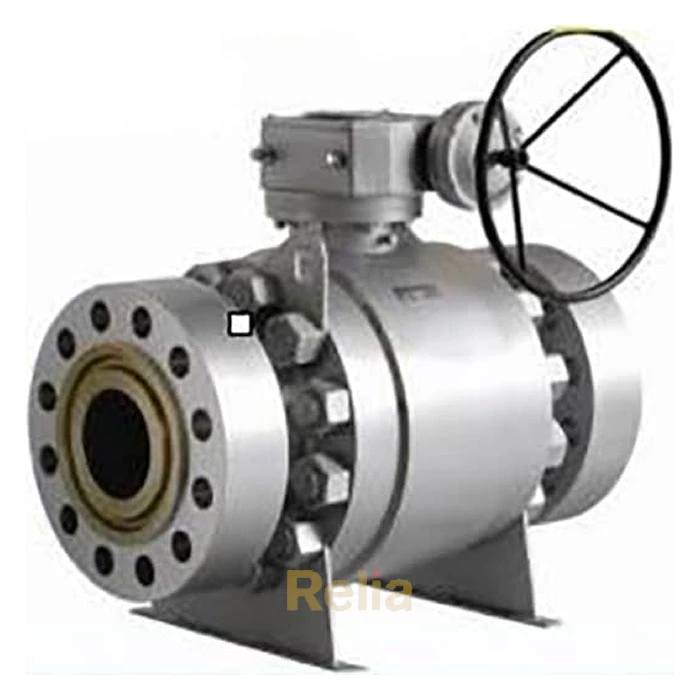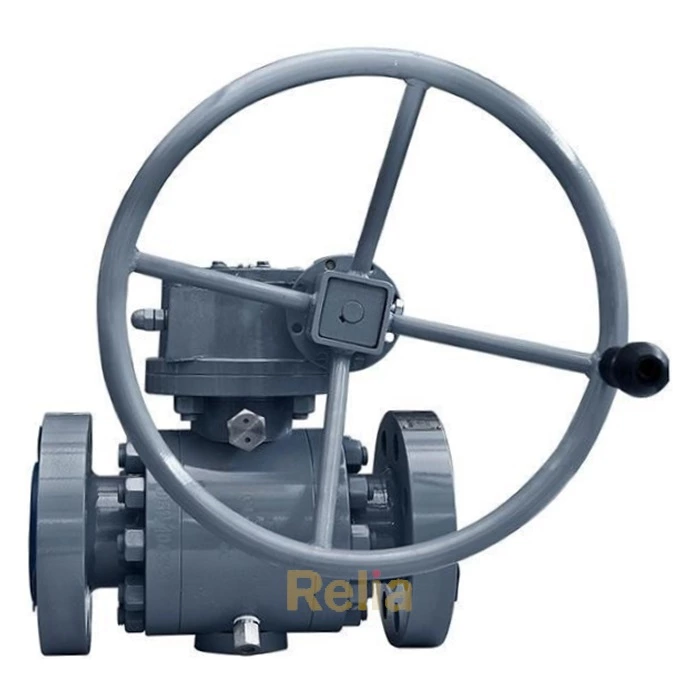Anti-blow-out Stem in Ball Valves
What is an anti-blow-out stem for a valve?
Valves are designed with a stem anti-blow-out device to prevent stem ejection by internal pressure when the stem packing and/or retainer has been removed.
The pressure inside the valve body is always trying to push the stem up when the valve is in the open or closed position. There is a risk that people may be hurt when the lever falls off without an anti-blowout stem.
Both API 6D and BS 5351 officially regulate the blow-out proof stem design for valves.
Anti-blow-out stem design
The ball valve stem is inserted from the inside of the valve body and has an integral T-type shoulder to effectively provide blow-out proof. It is internally inserted as a function of the backseat to assure stem sealing safety. Therefore, when we remove the gland flange to replace the graphite packing rings, the stem will be held securely by the stem housing even when the valve is under pressure.
Anti-blow-out stem design for floating ball valve
The stem is designed with an integral T-type shoulder to provide blow-out proof effectively.
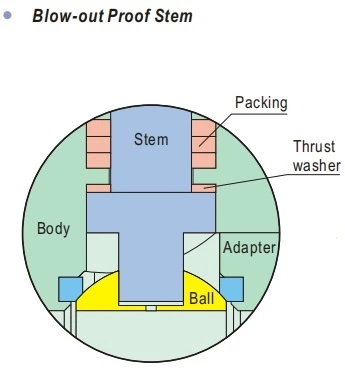
Anti-blow-out stem design for floating ball valve
Anti-blow-out stem design for trunnion ball valve
The stem is made separately from the ball with an integral T-type round shoulder, retained by a gland (other designs are available on request).
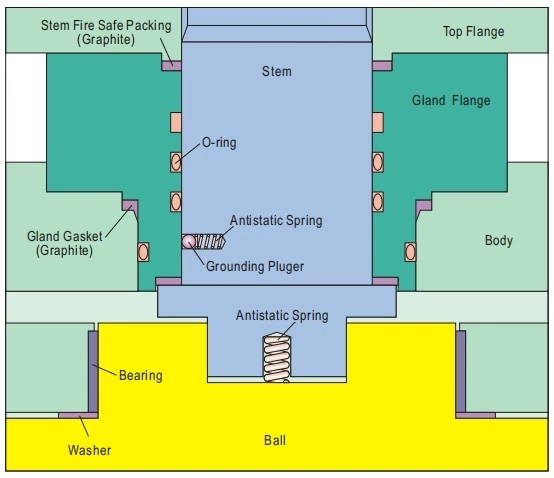
Anti-blow-out stem design for trunnion ball valve
Relia Anti-blow-out stem device ball valve
All Relia ball valves are anti-blow out stem design, please feel free to contact us info@reliavalve.com for more information.
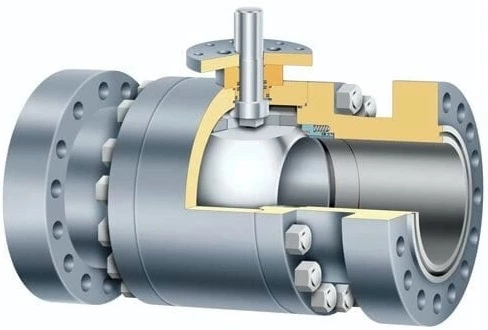
Relia anti-blow-out stem design ball valve
